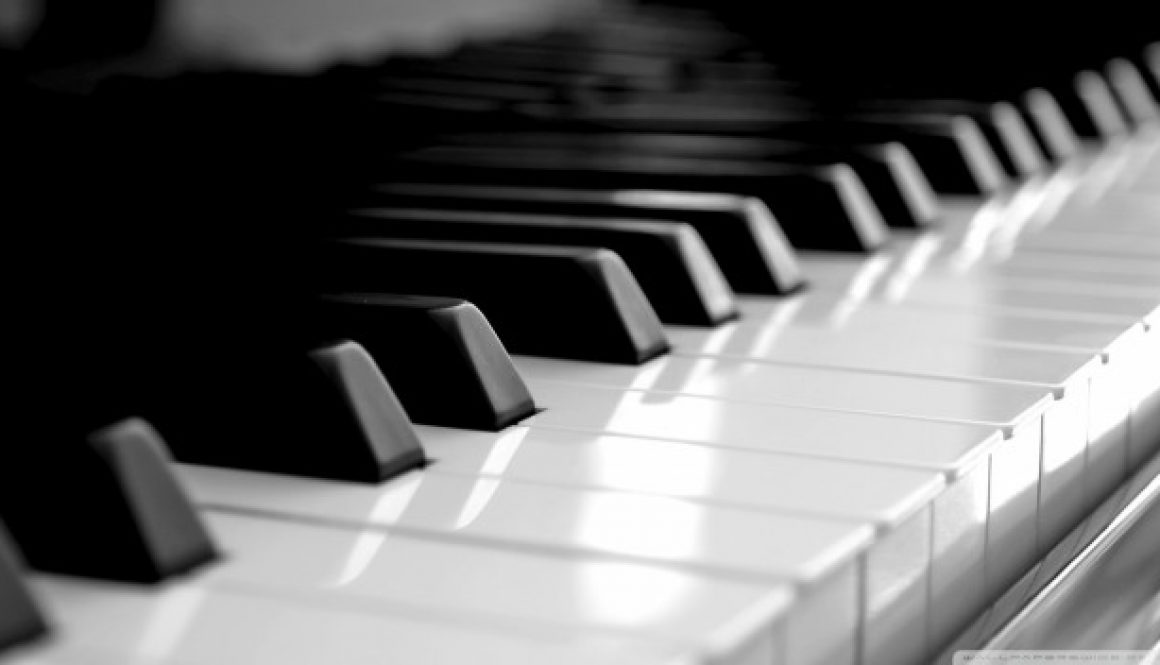How to Clean a Piano
When it comes to pianos, cleaning and polishing are two different actions. Polishing should be kept to a bare minimum. Dust is ideally removed by a feather duster, and dusting with a dry cloth should be avoided at all costs; a dry cloth will allow the dust to scratch the finish.
1. If dusting with a cloth, always use a soft fabric such as flannel or chamois. Never use rags or paper towels.
2. Cloths should be only slightly damp, and the use of filtered water is preferred; minerals can alter the appearance of the finish.
3. Always use a gentle touch, and dry immediately with a separate cloth.
4. Resist the temptation to dust any exposed areas of the piano’s interior. These parts are fragile, and should only be cleaned by a professional.
Piano Cleaning Tips
• Avoid placing objects on your piano. If you use a piano lamp, make sure it has a cloth or felt base, or place it on top of a soft piece of fabric.
• Never spray products directly onto the piano. Spray the polish onto your cloth, and stand at least three feet away from the piano to prevent the particles from landing on your keys, strings, or other delicate areas.
• Keep an air purifier in the same room as the piano to reduce dust.
Polishing Your Piano
Before you polish your piano, you need to find out whether it has a polymer or lacquer finish; these two finishes must be polished differently to avoid possibly irreversible damage. Learn more:
o polish a piano without causing damage to the finish or instrument, be sure to read the basic guidelines for cleaning a piano.
It’s also very important to keep wood polish off the keyboard; there are special methods for cleaning piano keys.
Lacquer and Polyester Piano Finishes
Before you polish your piano, you need to find out whether it has a polymer or lacquer finish; these two finishes must be polished differently to avoid damage and possibly irreversible eyesores.
Here’s how to distinguish lacquer from polymer piano finishes:
Lacquer: Lacquer is most common on North American pianos, and will resemble most other pieces of wooden furniture. You can usually see the wood grain under the finish, and the surface will seem easily scratchable.
Most Tell-Tale Problem: A waxy buildup is common on lacquer finishes, as is a softening of the varnish. Lacquer can also dry out very quickly depending on cleaning habits and local weather.
How to Polish a Lacquer Piano
If your lacquered piano is due for a polish, you’ll want to spend a few extra dollars on a good product. Common household furniture polishes (even those with good reputations) are not ideal for a piano, even if the piano’s finish looks similar to the finish on your expensive dining room table. Beware of the following ingredients when polishing your lacquer piano:
• Silicone can seep into the wood and cause costly damage to delicate and (seemingly) distant parts.
• Lemon oils are recommended by some, but can actually weaken the finish and cause a sticky buildup over time.
Some lacquer finishes are meant to have a dull sheen. Attempting to liven up these finishes with a gloss polish will produce the opposite effect. A good product for satin (lower-gloss) finishes is Murphy’s Oil Soap, which can be found in most household cleaning aisles. For high or semi-gloss finishes, look for OZ Cream Polish or check out Steinway’s line of furniture polishes.
Tips for Polishing a Lacquer Piano:
1. Use a soft cloth, and gently wipe in the direction of the piano’s wood grain. This is the direction in which the original finish was applied, and following the grain during a polish will benefit both the wood and its finish.
2. Be extra gentle on corners and edges. These areas have the thinnest layer of finish, and too much pressure can expose the nude wood.
3. If you have a sticky build up of wax or polish, wipe these areas with a solution of filtered water and mild soap, and dry immediately.
4. Do not use polishing products meant for polymer piano finishes; your lacquer piano wood has different needs.
Remember: Dusting is best; keep polishing to a bare minimum.
